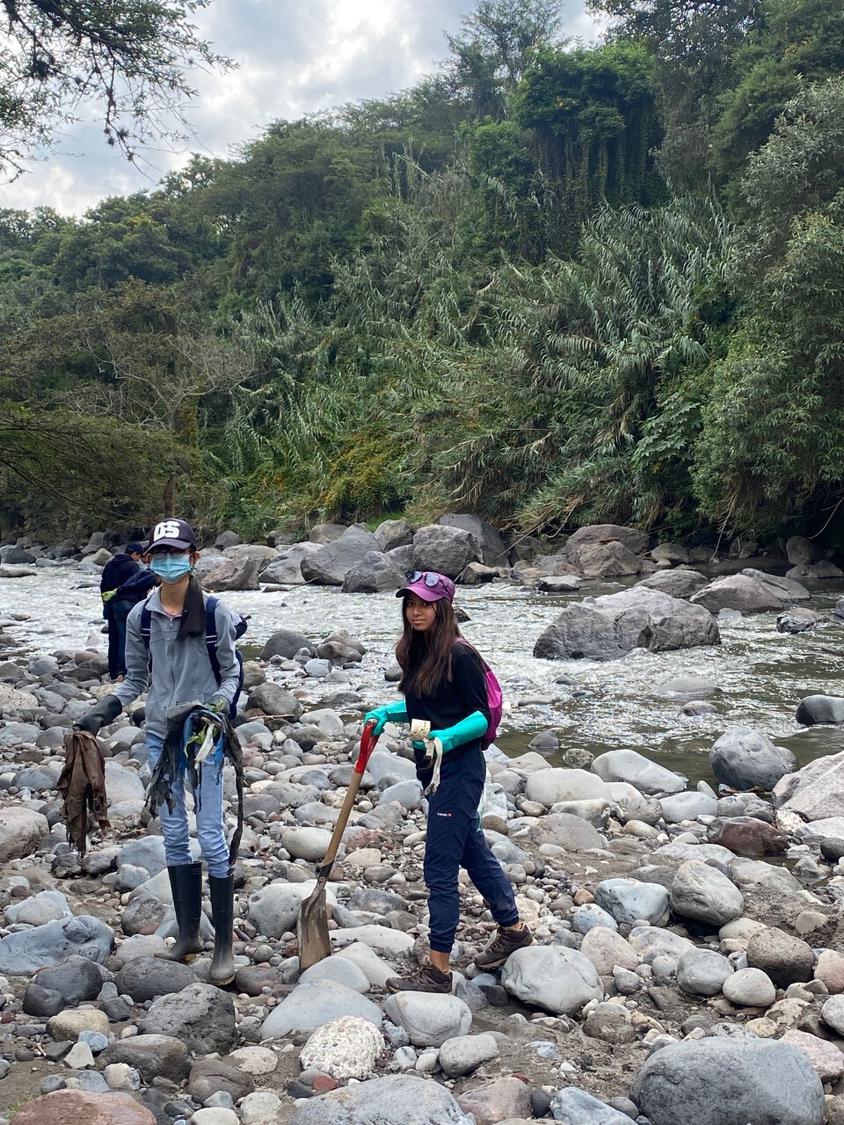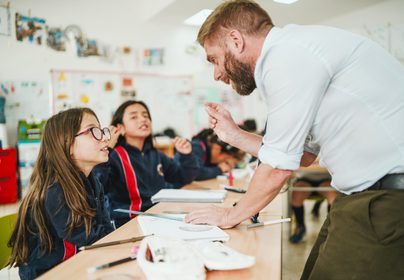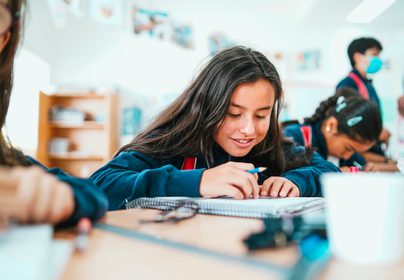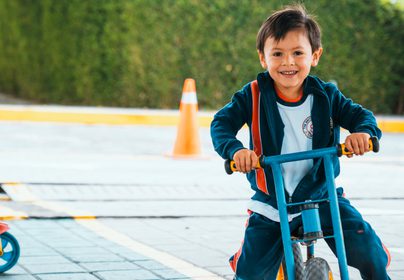We celebrated the Festival of Water a little differently this year at BSQ. Our teachers and students thought about why water as a natural resource is so vital and came up with the idea that they wanted to give something back. So, a team of BSQ students and teachers gave up their Sunday morning lie-in to head down to the beautiful Rio San Pedro river for a clean-up.
The Rio San Pedro river starts in the Ilinizas and runs through many farms, towns and industries in the Canton Mejía, Rumiñahui and Quito. The more is strays from its source, the more polluted it becomes, as four students from WIP University discovered when they partnered with Kingue Adventure School to map pollution at various points throughout the river. You can find their rather worrying findings here San Pedro River — Kingue Adventure School - Ecuador (kingue-edu.org)
We’re proud that our BSQ students saw this report, and wanted to help do something about it. So we met outside Parque Los Algarrobos along the Chaquinan in Cumbaya with our students and staff and students in the RedMOVE group as well as representatives from EPMAP, the Rio San Pedro Cleanup committee and a group of volunteers.

We separated into three groups and tackled different locations along the river. Splitting up into different groups enabled our students to mix with students from other schools who also care about sustainability so they could share ideas about what we can all do to help our environment.
With their rubber boots and gloves on, the students got to work using shovels and pick axes to move rocks and sediment to pull out the waste. They then sorted this into ‘plastic’, ‘fabric’ and ‘other’ trash bags. This is no easy task, it’s gruelling work and the stench of the fabric in particular was disgusting. We’re proud to say there was no complaining.
Hopefully, we can all learn from the students' experience and make sure that our waste is disposed of properly so that it can't make its way into our rivers in future.
Here are some thoughts from Students who helped on the day:
What stood out to me was that the trash we collected was not surface-level trash eg plastic bottles being carried by the river. It was trash that had assimilated with the riverbed and surrounding nature. To find the trash, we had to cut down bushes and move boulders. Additionally, there was a pipeline passing through and we had to be careful not to damage it. At the end of the day, witnessing the amount of trash that was loaded into the truck was incredibly rewarding. There's still a lot to be done if we want to save the river and make it a place where we can go swimming but we're proud of what we achieved.
MartinYear 12We cleaned the disgusting trash out of the river, but it was very pleasant to see wildlife recover to its near-natural state. The park is very well kept and cleaning the river was a fulfiling experience. I learned that people can sadly contaminate a river because they are too lazy to put trash in the trash can. Hopefully, I can go back again and continue cleaning the river. Thanks, Ms Sawyers for helping organise this activity.
MartinYear 12This is the second time I have assisted with the river cleanup and it is difficult to imagine a river so close to our homes so polluted with waste. We found lots of plastics, textiles, metals and even bones! We were asked to divide this waste into categories to be weighed and for this data to be collected by the Rescate del Río San Pedro organisation. It was very rewarding to know that many people can work together for a good cause.




